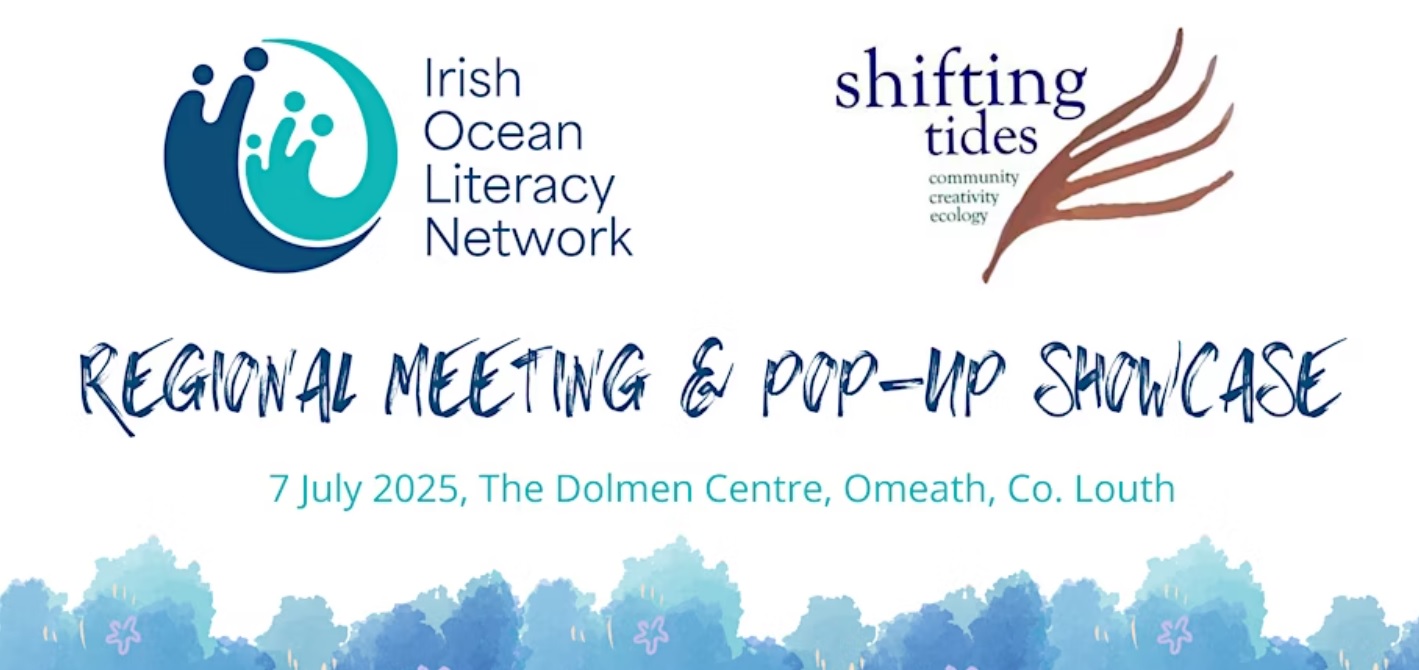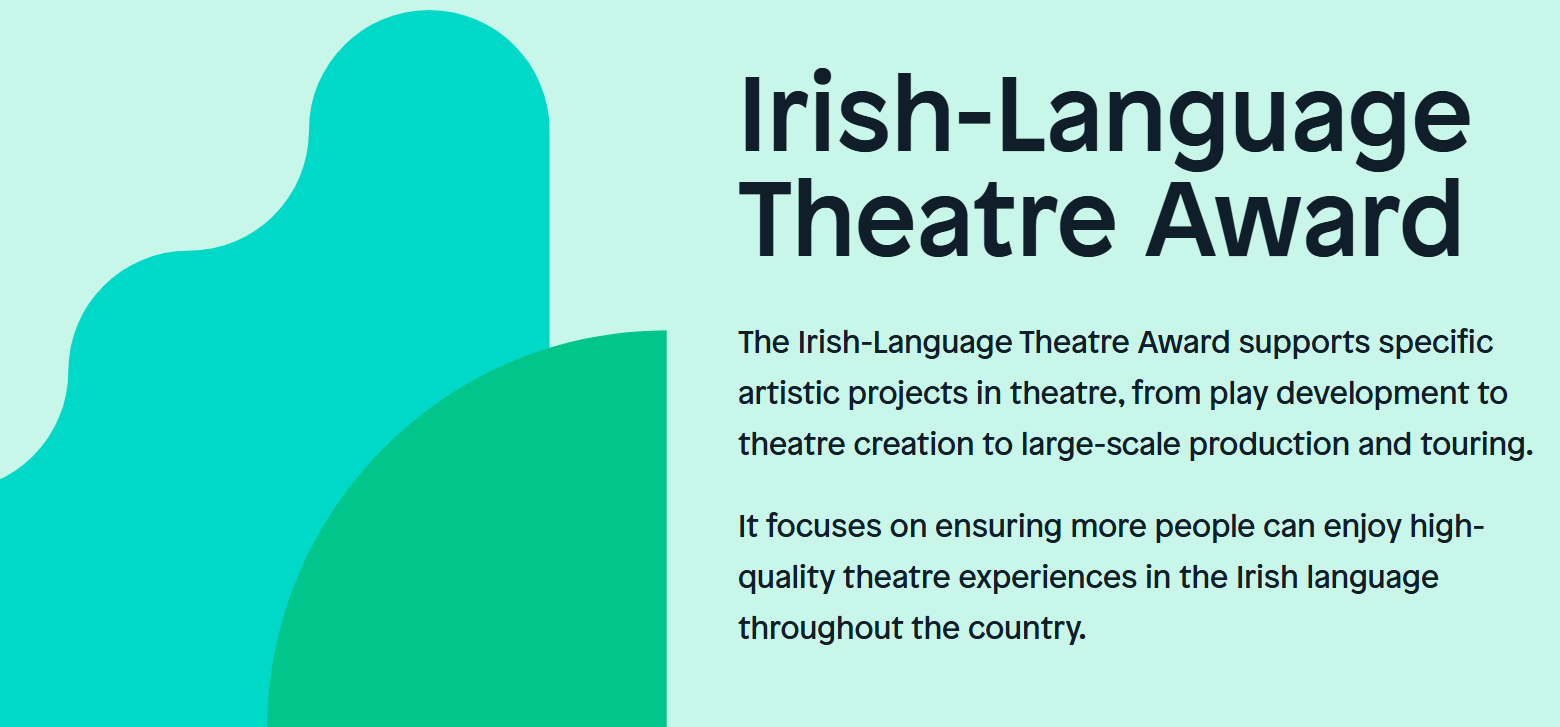SDGS On the Island of Ireland

What would Ireland look like if the SDGs were being implemented on an all-island basis?
Integrated, interdependent, indivisible
In 2015, all 193 UN Member States, including Ireland and the United Kingdom, agreed to try to achieve 17 Sustainable Development Goals, also known as SDGs, by 2030. These Goals form an integrated, interdependent, and indivisible programme of action for the entire world, inclusive of both (so-called) developing and developed countries. The Goals are housed within “Transforming our World: the 2030 Agenda for Sustainable Development,” which is built on a foundation of human rights. The interlinked approach of the UN SDGs offers a blueprint for achieving positive outcomes for society, economy, environment, and political institutions; they are the roadmap for achieving wellbeing for all while staying within ecological or planetary boundaries.
SDGs in ROI
In the Republic of Ireland, overall responsibility for SDG implementation rests with the Department of Environment, Climate and Communications. The government has ostensibly adopted a “whole-of-government” approach to achieving the SDGs. This includes an “Interdepartmental Working Group” and a “Senior Officials Group,” the latter being chaired by the Department of the Taoiseach. A Policy Map links every SDG target to a relevant department who is responsible for achievement of that target. There is ongoing work to incorporate the SDGs into the budgetary process, memoranda to government, and Regulatory Impact Assessments (RIAs). Additionally, each department must ensure the SDGs feature in their annual Statements of Strategy and departmental Reports, and Oireachtas Committees must include an examination of SDG progress in their work plans.
These are just a handful of the most transformational actions that are being progressed by the Republic of Ireland’s government and, even though progress is slow and patchy, there is no doubt that it is moving forward positively.
SDGs in NI
Unfortunately, the same cannot be said for Northern Ireland where the Executive, which had been in abeyance for two years, has only just returned. Civil society recognises the importance of SDG delivery with NICVA and the Northern Ireland Environment Link having joined forces to progress the SDGs, but the Global Goals NI website is still “under construction,” even though we are over halfway through the period of SDG implementation.
Woodburn Forest
In 2016 I travelled to Woodburn Forest in Northern Ireland to take part in a peaceful resistance as part of the “Stop the Drill” campaign. Friends of the Earth Ireland—the organisation I worked for at the time—were supporting Friends of the Earth Northern Ireland who in turn were supporting and mobilising local residents to resist efforts by the oil and gas industry to set up in this forest long-loved by all in the area.
When I was there in May 2016, the drill was yet to receive proper planning permission. Despite this, exploratory drilling had commenced.
To make matters worse, this drilling was taking place in a protected water catchment area and required the use of toxic chemicals. The site was perilously close to a reservoir, and any spillage would have been devastating given the site’s location: only 380 metres from the public water supply.
Friends of the Earth groups in Ireland, Scotland, England, Wales, and Northern Ireland together called for an end to the drilling. Members of Friends of the Earth groups across Europe joined the campaign too, travelling up to the site while they were in Ireland for a networking event. The sense of solidarity was palpable.
For four months the Stop the Drill campaign held firm in their peaceful resistance, maintaining dignity and strength despite over £1 million in public money spent on policing and very high levels of private security.
In June, the last of the trucks rolled out of the forest.
The campaign had won.


Leitrim
Around the same time, there was intense campaigning taking place in the Republic of Ireland against three fossil fuel companies who were planning exploratory drilling in an area of Leitrim close to the border with Northern Ireland. One of these companies is Tamboran, and they were planning to “frack” in Leitrim.
Fracking is the process of injecting water, chemicals, and sand at explosive pressure into shale rock. This causes fractures to appear in the rock, through which shale gas can escape and be captured. This fossil fuel can then be burned for energy.
In the process of fracking, or hydraulic fracturing, underground reservoirs and waterways can become contaminated with the chemicals used to break the shale. These chemicals travel through the water and seep up to ground level over time or they enter the general water supply. In countries where fracking is legalised, for example the United States, rates of miscarriage and severe illness amongst animals and people have increased in areas where fracking is used.
In June 2017, after a lengthy, dynamic, and community-based campaign that relied significantly on cross-border support, the Republic of Ireland became one of the only countries in the world to ban fracking.

Two years later in 2019, the UK government introduced a moratorium on fracking upon the release of new research that raised fresh concerns about earthquakes. It seemed like the end was nigh for fracking on the British Isles.
However, in 2022, the British government lifted its moratorium, ending the effective ban on fracking in the UK. Today, there are pending petroleum licence applications in Fermanagh, one of which is held by a company called Tamboran Resources – the very same Tamboran that communities successfully defeated in the Republic of Ireland.
Since there is no ban on fracking in Northern Ireland, there is a constant threat that international companies will exploit the land. Water pollution, just like climate change, doesn’t care about borders. This drastic difference in policy poses a threat to the entire island, and a threat to each country’s achievement of the SDGs.

Campaigns – setting an example for government?
Issue-based campaigns recognise the need for North-South partnership and a shared approach to sustainable development. For example, the Fair Seas campaign which aims to increase the amount of Marine Protected Areas (MPAs) around the island of Ireland incorporates Northern Irish borders into its campaigning efforts. Their report, “Revitalising our Seas,” states that Ireland’s MPAs must increase 18-fold by the end of the decade to restore critical habitats and address the climate emergency. Sixteen areas of interest have been identified that make up a network of MPAs covering 175,504 km2 of Ireland’s maritime area, and they do not distinguish North and South.

Yet the Irish and Northern Irish governments do not have a shared programme for achieving the SDGs north and south of the border, despite action in one jurisdiction affecting the potential for SDG achievement in the other.
To increase the likelihood of SDG achievement across the entire island, governments should coordinate their actions which help or hinder SDG achievement.


